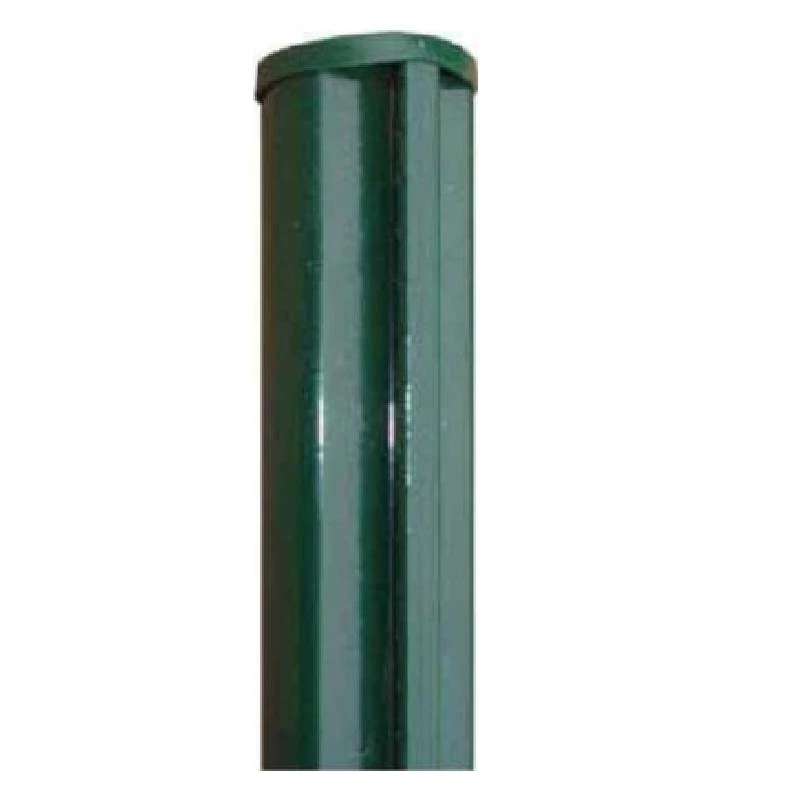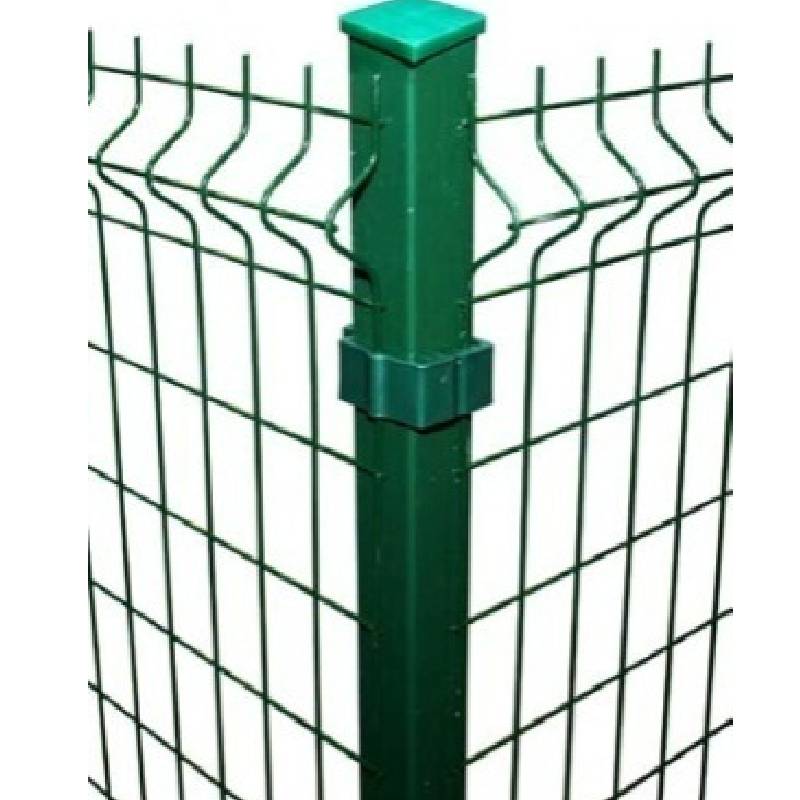-
E-mail:zhao@hyliec.cn
-
Telefoon:+86 311 85273988
-
WhatsAPP:8613931128750
-
 Afrikaanse
Afrikaanse -
 Albanees
Albanees -
 Amhaars
Amhaars -
 Arabisch
Arabisch -
 Armeens
Armeens -
 Azerbeidzjaans
Azerbeidzjaans -
 baskisch
baskisch -
 Wit-Russisch
Wit-Russisch -
 Bengaals
Bengaals -
 Bosnisch
Bosnisch -
 Bulgaars
Bulgaars -
 Catalaans
Catalaans -
 Cebuano
Cebuano -
 Corsicaans
Corsicaans -
 Kroatisch
Kroatisch -
 Tsjechisch
Tsjechisch -
 Deens
Deens -
 Nederlands
Nederlands -
 Engels
Engels -
 Esperanto
Esperanto -
 Ests
Ests -
 Fins
Fins -
 Frans
Frans -
 van Friesland afkomstige
van Friesland afkomstige -
 Galicisch
Galicisch -
 Georgisch
Georgisch -
 Duits
Duits -
 Grieks
Grieks -
 Gujarati
Gujarati -
 Haïtiaans Creools
Haïtiaans Creools -
 huis
huis -
 Hawaiiaans
Hawaiiaans -
 Hebreeuws
Hebreeuws -
 Nee
Nee -
 Miao
Miao -
 Hongaars
Hongaars -
 IJslands
IJslands -
 igbo
igbo -
 Indonesisch
Indonesisch -
 Iers
Iers -
 Italiaans
Italiaans -
 Japans
Japans -
 Javaans
Javaans -
 Kannada
Kannada -
 Kazachs
Kazachs -
 Khmer
Khmer -
 Rwandese
Rwandese -
 Koreaans
Koreaans -
 Koerdisch
Koerdisch -
 Kirgizisch
Kirgizisch -
 TB
TB -
 Latijns
Latijns -
 Lets
Lets -
 Litouws
Litouws -
 Luxemburgs
Luxemburgs -
 Macedonisch
Macedonisch -
 Malgashi
Malgashi -
 Maleis
Maleis -
 Malayalam
Malayalam -
 Maltees
Maltees -
 Maori
Maori -
 Marathi
Marathi -
 Mongools
Mongools -
 Myanmar
Myanmar -
 Nepalees
Nepalees -
 Noors
Noors -
 Noors
Noors -
 Occitaans
Occitaans -
 Pasjto
Pasjto -
 Perzisch
Perzisch -
 Pools
Pools -
 Portugees
Portugees -
 Punjabi
Punjabi -
 Roemeense
Roemeense -
 Russisch
Russisch -
 Samoaans
Samoaans -
 Schots-Gaelisch
Schots-Gaelisch -
 Servisch
Servisch -
 Engels
Engels -
 Shona
Shona -
 Sindhi
Sindhi -
 Singalees
Singalees -
 Slowaaks
Slowaaks -
 Sloveens
Sloveens -
 Somalisch
Somalisch -
 Spaans
Spaans -
 Soendanees
Soendanees -
 Swahili
Swahili -
 Zweeds
Zweeds -
 Tagalog
Tagalog -
 Tadzjiekse
Tadzjiekse -
 Tamil
Tamil -
 Tataars
Tataars -
 Telugu
Telugu -
 Thais
Thais -
 Turks
Turks -
 Turkmeens
Turkmeens -
 Oekraïens
Oekraïens -
 Urdu
Urdu -
 Oeigoerse
Oeigoerse -
 Oezbeeks
Oezbeeks -
 Vietnamees
Vietnamees -
 Welsh
Welsh -
 Hulp
Hulp -
 Jiddisch
Jiddisch -
 Joruba
Joruba -
 Zoeloe
Zoeloe
Schermpaal
What Type Of Fence Post Is Best?
The best type of fence post depends on various factors such as the type of fence, local climate, soil conditions, and personal preferences. Common options for fence posts include:
1. Round steel posts: Round steel posts are a traditional and versatile choice, suitable for various fence types. They can be treated to resist rot and decay, but may require maintenance over time.
2. Square steel posts and rabbet posts offer durability and strength, making them suitable for supporting heavy or high-security fences. They are resistant to rot and insect damage.
3. Steel round posts/ square posts/ rabbet with base plate: They are suitable to install on the concrete ground, and fixed by concrete nails.
What Size Is A Fence Post?
Fence posts come in various sizes, typically having Φ32 Φ34 Φ38 Φ48 Φ60 Φ80 for round steel posts and 40x40 60x60 40x60 60x60 80x80 100x100 etc for square tube posts in dimension. The specific size of a fence post depends on the type of fence being installed, the height and weight of the fence panels, and the local building codes or regulations. It's important to select the appropriate size of fence post to ensure stability and structural integrity for the specific fencing project. Consulting with a professional or referring to local building codes can provide guidance on the recommended size of fence posts for a particular application.
Fence Post FAQ:
What type of fence post is best?
The best type of fence post depends on various factors such as the type of fence, local climate, soil conditions, and personal preferences. Common options for fence posts include round steel posts, square steel posts and rabbet steel posts, posts with base plate or without base plate. Each type has its own advantages and considerations, so it's important to choose the most suitable option based on the specific requirements of the fence project.
What size is a fence post?
Fence posts come in various sizes, typically typically having Φ32 Φ34 Φ38 Φ48 Φ60 Φ80 for round steel posts and 40x40 60x60 40x60 60x60 80x80 100x100 etc for square tube posts in dimension. The specific size of a fence post depends on the type of fence being installed, the height and weight of the fence panels, and local building codes or regulations. It's important to select the appropriate size of fence post to ensure stability and structural integrity for the specific fencing project.
How to install a panel fence?
Paneling a fence involves several steps, including measuring and planning, installing the posts, attaching the panels, adding finishing touches, and performing regular maintenance. It's important to follow the manufacturer's instructions and local building codes when paneling a fence to ensure proper installation and compliance with regulations. If in doubt, it's advisable to consult with a professional or seek guidance from experienced individuals.






